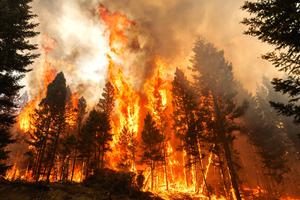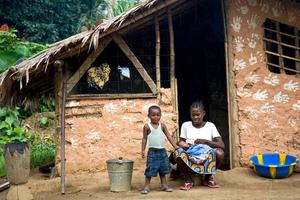Governor Ricardo Rosselló during the signing ceremony for Puerto Rico's new climate law. PRFAA
Puerto Rico Governor Ricardo Rosselló signed into law a new climate change initiative that calls for the island to reduce its carbon emissions 50 percent in the next five years and transition to 100 percent renewable energy by 2050. The law also aims to cut the amount of waste entering landfills by 60 percent by 2030, and calls for planting 500,000 trees within five years.
The Climate Change Mitigation, Adaption, and Resiliency Law also sets a goal of reducing energy consumption island-wide by at least 1 percent each year; prohibits extending or granting new contracts or permits for coal-based power generation; encourages the adoption of hybrid or electric vehicles; improves energy and water efficiency; and creates strategic water reservoirs for use during drought.
“Climate change is real, and it is the biggest threat to our way of life. This is the issue of our generation – the time for discussion is over, now it’s the time for action,” Governor Rosselló said in a statement. “It is extremely important for Puerto Rico to have clear parameters to combat climate change,” which he said would have “dramatic and deeply concerning” effects on the island.
In the 18 months since Hurricane Maria devastated the island, Puerto Rico has been wrestling with exactly how to rebuild its battered towns and cities. Congress finally approved $1.4 billion in recovery aid for Puerto Rico this week, part of a larger $19.1 billion disaster relief bill. The new law signed this week, as well as the Puerto Rico Energy Public Policy Act signed in April — which supports breaking the island’s electric grid into a series of mini- and micro-grids — should ensure that much of this recovery money will go toward sustainable, resilient infrastructure.



